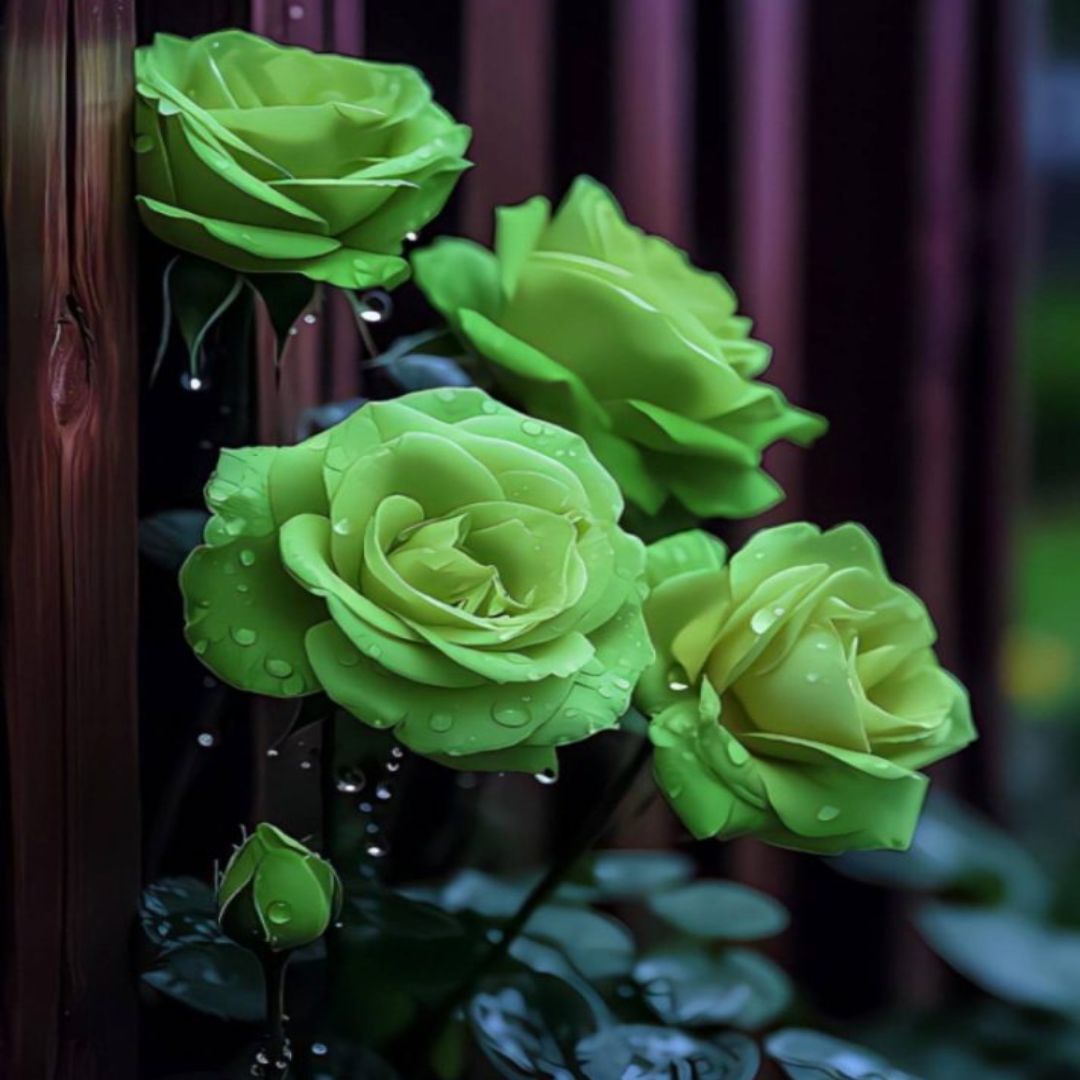If you want to add a European charm to your indoor plant collection, then take a look at the Best European Houseplants that you can grow at home!
Grow these Best European Houseplants if you wish to add some variety to your indoor plant collection!
Best European Houseplants
1. Peppermint
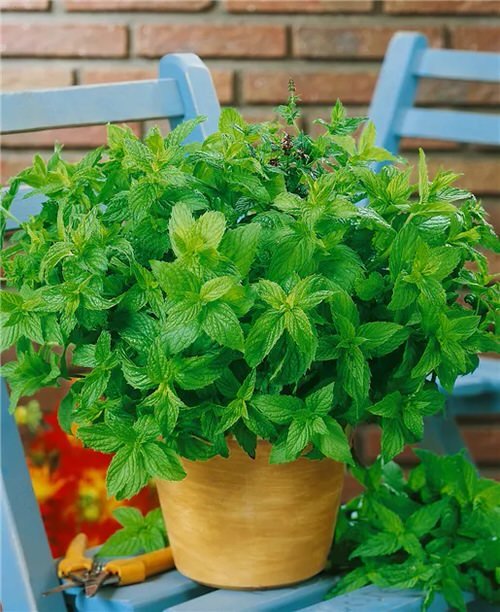
floragard
Botanical Name: Mentha x piperita
Common Names: Balm Mint, Curled Mint, Brandy Mint, Lammint, Lamb Mint
Native Areas: Europe, southwest Asia, and the Middle East
Peppermint makes for a useful houseplant and looks great on the tabletops and windowsills with its stubby appearance and lush green leaves.
Know all about growing mint indoors here
2. Tulips
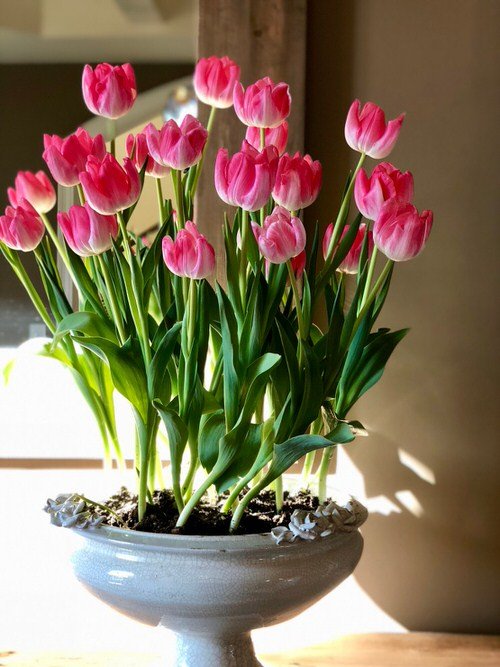
Botanical Name: Tulipa
Common Names: Tulips, Tulipa
Native Areas: Southern Europe and Central Asia
This spring-blooming bulb is widely grown in many parts of the world now mainly because of its typically large, beautiful blooms in warm colors such as pink, purple, orange, yellow, white, or red. You can also grow tulips in the water!
3. Olive Tree
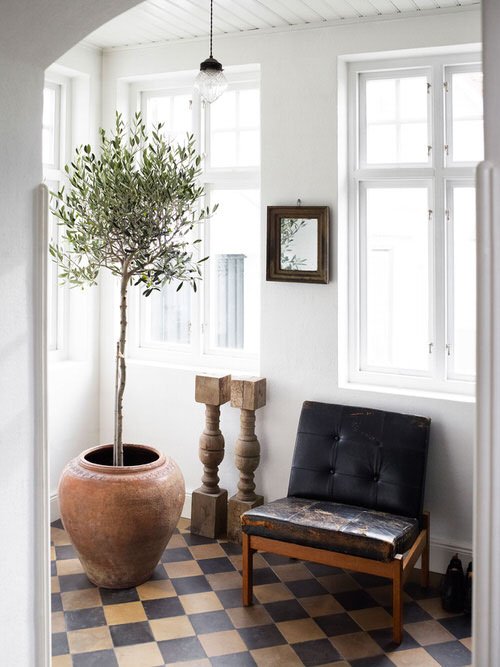
apartmenttherapy
Botanical Name: Olea europaea
Common Names: Olea europaea, Common Olive
Native Areas: Mediterranean Europe, Africa, and Asia
The olive trees are known to be very adaptable and also tolerant to drought-like conditions, and this makes them very suitable for container life in your home.
Here’s all you need to know about growing Olive trees indoors
4. Snowdrops
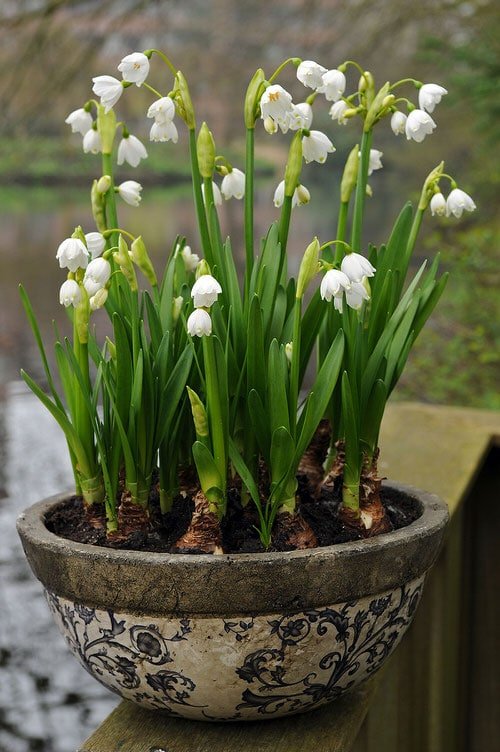
wexthuset
Botanical Name: Galanthus nivalis
Common Names: Common snowdrops, Fair maid of February
Native Areas: Europe
Snowdrops can easily be grown indoors if the plant is placed at a cool and bright spot, as excess heat will 𝓀𝒾𝓁𝓁 the bulbs. Keep the soil wet but not water-soggy to help the plant bloom well.
5. English Ivy
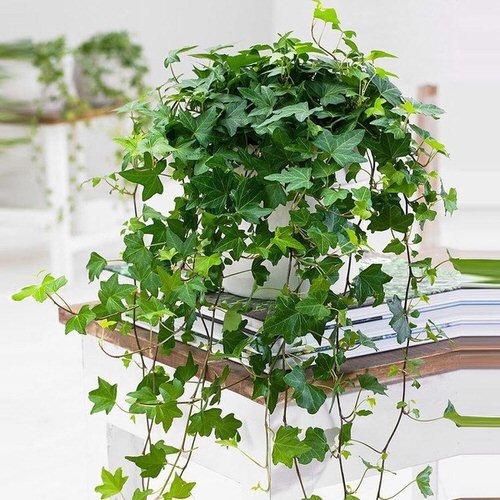
bol
Botanical Name: Hedera helix
Common Names: Hedera helix, English ivy, the common ivy, or just ivy, European ivy
Native Areas: Europe, Russia
You can grow English Ivy in a variety of climates. This versatile and popular houseplant does well in hanging baskets and containers.
Check out our article on growing English Ivy here
6. English Daisy
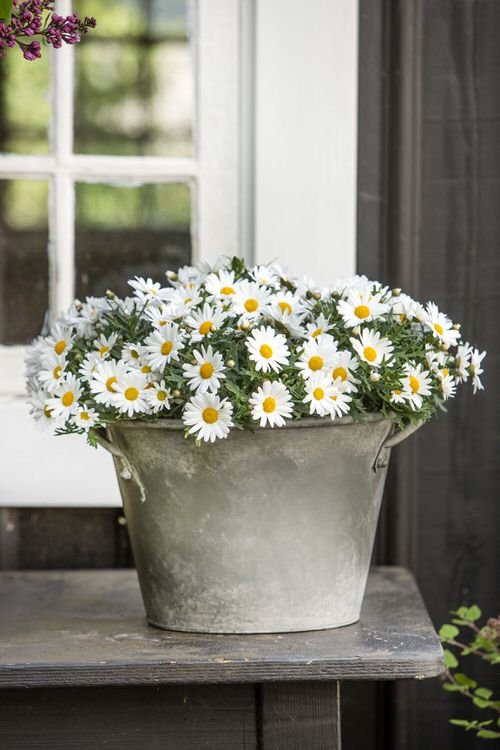
Botanical Name: Bellis perennis
Common Names: Daisy, English Daisy
Native Areas: Europe, Northern Africa, and western Asia
English Daisy is one of the most popular flowering houseplants that many people love to grow and can be grown in beautiful planters. Make sure they get a lot of bright light.
7. Primroses
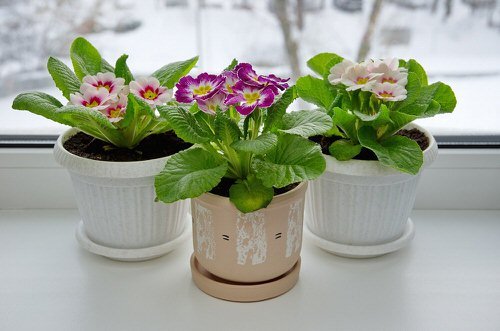
ireceptar
Botanical Name: Primula vulgaris
Common Names: Primrose, Common Primrose, English Primrose
Native Areas: Southern and Western Europe, Southwest Asia, Northwest Africa
Primroses widely adapt to different growing conditions and do their best in full sunlight to light shade. When grown indoors, the plant needs bright light.
8. Hellebore
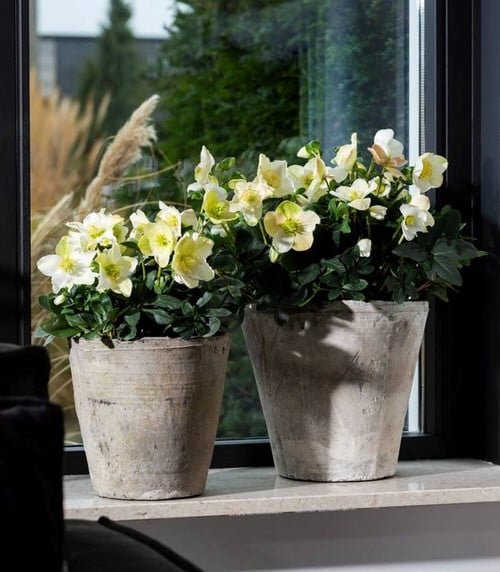
ma-petite-jardinerie
Botanical Name: Helleborus foetidus
Common Names: Hellebores
Native Areas: Southern and Central Europe
If you are running limited on space, you can enjoy the lovely flowers of Hellebore as a houseplant indoors. Ensure there is plenty of indirect sunlight.
9. Cyclamen
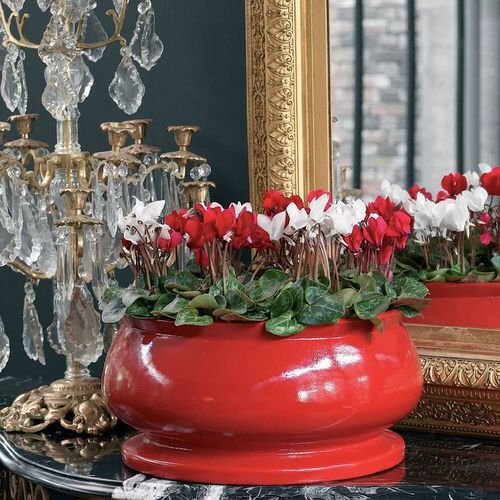
urzadzamy
Botanical Name: Cyclamen persicum
Common Names: Swinebread, English sowbread
Native Areas: Europe
The blooms can last longer if you provide the right growing conditions to the Cyclamen plant. This plant does well in filtered light, moist soil and cannot tolerate a temperature range below 40 F (4 C).
10. Sempervivums
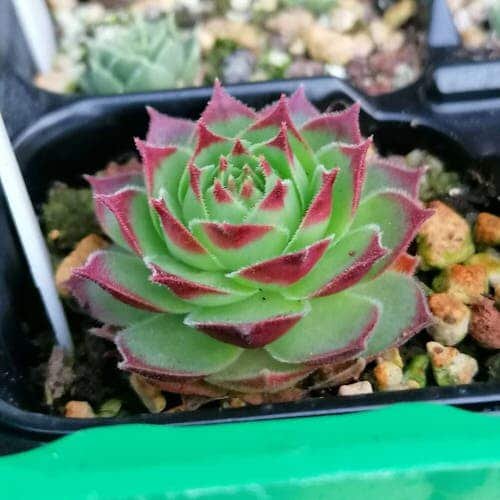
nickees_sempervivum_paradise
Botanical Name: Sempervivum
Common Names: Liveforever, Hens and Chicks
Native Areas: South-Eastern Europe
One of the easiest succulents to grow, Sempervivums can be grown indoors if you have got a spot that receives filtered sunlight, plus they also come in a lot of varieties.
11. Baby Tears
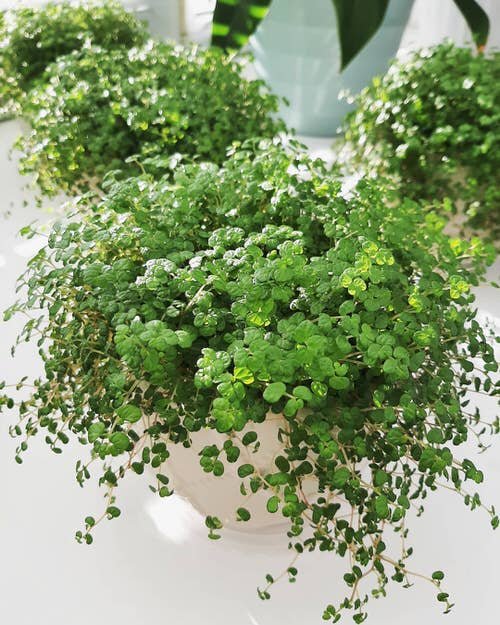
growing.my.urban.jungle
Botanical Name: Soleirolia soleirolii
Common Names: Friendship plant, Mind-your-own-business, Bread and cheese, Angel’s tears, Peace in the home, Mother of thousands, Paddy’s wig, Bits and pieces, Corsican creeper, Corsican curse, and Pollyanna vine.
Native Areas: Southern Europe, Mainly Italy and France
If you love trailing plants, then this one is the best choice for hanging baskets. Use well-draining soil and make sure the plant gets bright indirect light.


